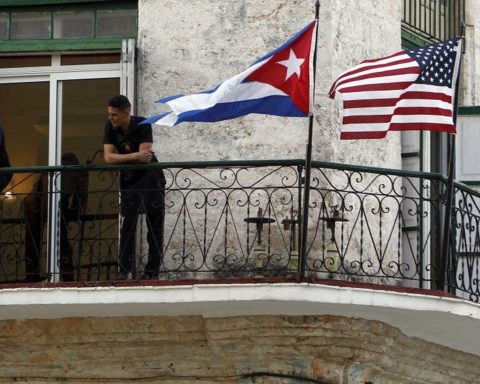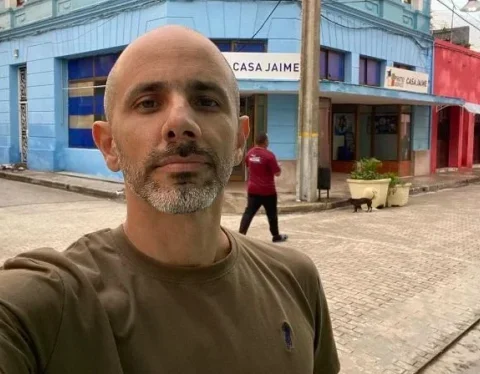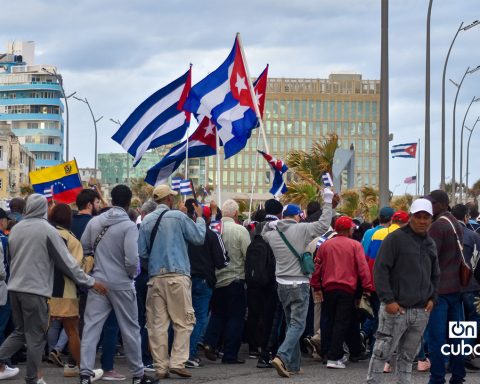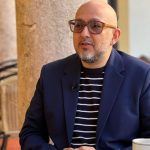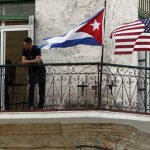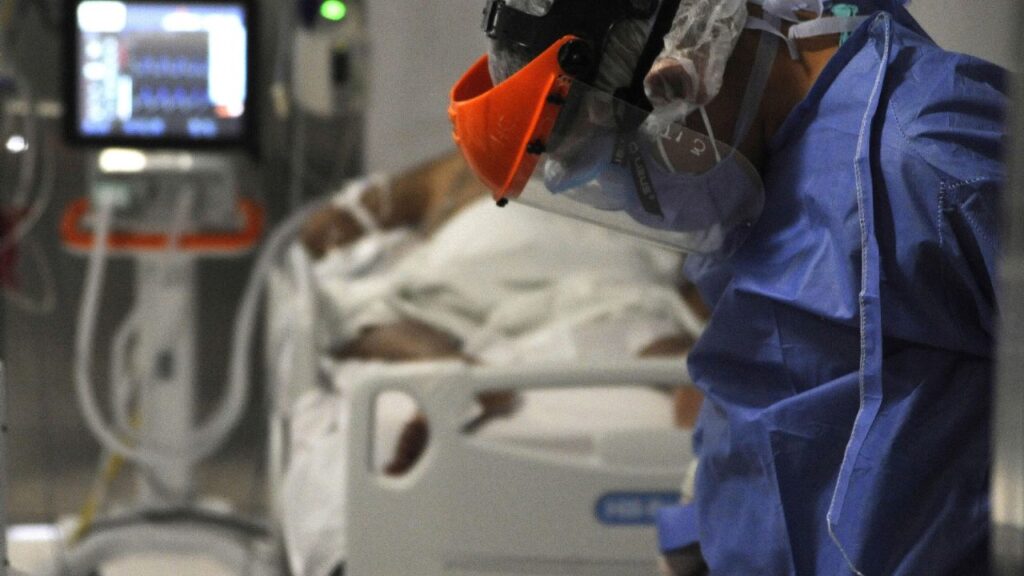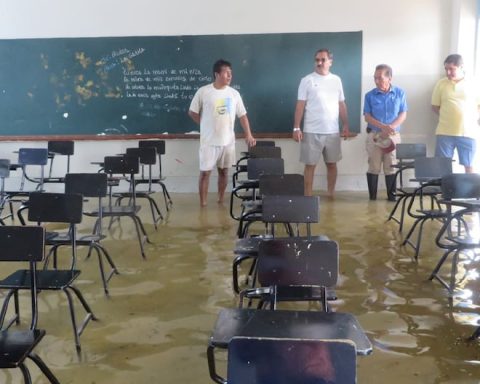59 years after his death, on February 19, 1963, Bartolomé Maximiliano Moré Gutiérrez -the immortal Benny Moré- continues to move the feet of the dancers and the springs of a longing that returns him intact as the undisputed Barbarian of rhythm and in the zenith of Cuban popular music.
And if it seems that we have said almost everything about the phenomenal performer, orchestra director and musical author mentioned above, it seems to this chronicler that to his gallantry with the rhythms of all Cuban music, it would be necessary to add the virtue of the immense heart with which he passed through life, felt by him as a deafening and choral torrent of beautiful polyphonies. A gift that he had from his earliest childhood.
He also had a lot of heart, as he sang one day, this great one. Or bomb, as that beat is affectionately called by artists, knowing what it is about.
He was born on August 24, 1919 in the town of Pueblo Nuevo, Santa Isabel de las Lajas, today belonging to the province of Cienfuegos.
Indelible memories of his mother, Virginia, take us back to his childhood as a mestizo boy and a very poor peasant. Skinny and very smart, smiling and talkative, that was the picture of him. His mother once said that he was always “shrieking like a demon” from a very young age, pretending to play instruments that he invented with pieces of wood, spools of thread and empty cans of condensed milk.
However, at the age of 10 he managed to get the sound of a true tres and go to a party in the neighborhood, escaped from home, with his usual hubbub.
Thus he spent a more or less happy childhood in a huge family, but full of deficiencies, in which he could only study up to the fourth grade. He had 18 siblings and they all worked with their soul for sustenance, in tasks of their conuco and the harvests. Her mother, whom he always loved very much and cared for her, was a laundress in her childhood.
Meanwhile, Bartolo sang the same thing, a guaracha, a rumba, a bolero or songs from the Congolese council, ancestor of his family; he danced, improvised, and was alert and intelligent in everything he did.
Upon reaching youth, after several attempts in music and as a day laborer that had taken him to Vertientes, Camagüey, and a short stay in the capital, the boy decided to leave again for Havana, around the year 1940.
He had already tried his luck with musical groups and also with his inseparable guitar in Camagüey, and he knew that he had conditions for singing and acting, although his studies did not support him and he was completely unaware of the staff.
It can be said that it was an authentic pilgrimage that he carried out through various corners and streets of Havana, for about four years. Enclaves of the famous neighborhood of Belén, such as cafes, bars, restaurants, hotels and they say that even brothels were places where she acted for meager rewards.
Havana was elusive and haughty, but he trusted his own talent. Until one fine day a coincidence occurred when he heard Siro Rodríguez, a member of the famous Trío Matamoros, sing in the bar of the El Templete restaurant on Avenida del Puerto, and was admired for the good voice and tuning of that young man. This was decisive for his future.
The fact that would have a favorable impact on the evolution of his artistic career occurred when Miguel Matamoros, guitarist, composer and singer, returned in 1945 from a trip, and must subsequently fulfill a contract with his group, something previously agreed upon. It turned out that using the lajero’s voice for the time being saved Matamoros and the relationship, far from being fortuitous, continued, in favor of Bartolo.
Benny not only accompanied Matamoros, he also recorded with them and fulfilled a contract in Mexico. In the brotherly country, where he lived from 1945 to 1950, even after the contract with Matamoros had been fulfilled, the famous artist was born as a star with his stellar name, which he adopted at the suggestion of his friend Miguel Matamoros.
In addition to gaining fame, touring, recording and being acclaimed, Benny there had the beautiful experience of performing for Dámaso Pérez Prado’s band and being proclaimed the Prince of Mambo, while his contractor was deservedly authenticated as the King of Mambo.
However, all the success and recognition achieved in Mexico, and with the Mexican people, fueled the nostalgia for the simple man full of life and new plans that Benny Moré always was. At the end of 1950 he definitively traveled to Cuba, where he first alternated a contract in Santiago de Cuba and trips to Havana to record with RCA Víctor, as the exclusive artist that he was of that label.
Around 1953 he created his famous Giant Band, which came to be the embodiment of a kind of dream of his life, unconsciously coined from childhood and youth, in the countryside of his beloved Santa Isabel de las Lajas. It was also a modern, creative laboratory, where the values of Cuban music were harmonized with fashionable foreign influences. And all this conceived and made by a brilliant man, but without theoretical knowledge of music.
The death of Benny Moré, as a consequence of liver cirrhosis, dealt a very hard blow to the Cuban people, not only to the dancers or lovers of his incomparable singing. Luckily for his compatriots, he has always been the best, an idol. We are accompanied by his merit and his legacy. Today like yesterday.
